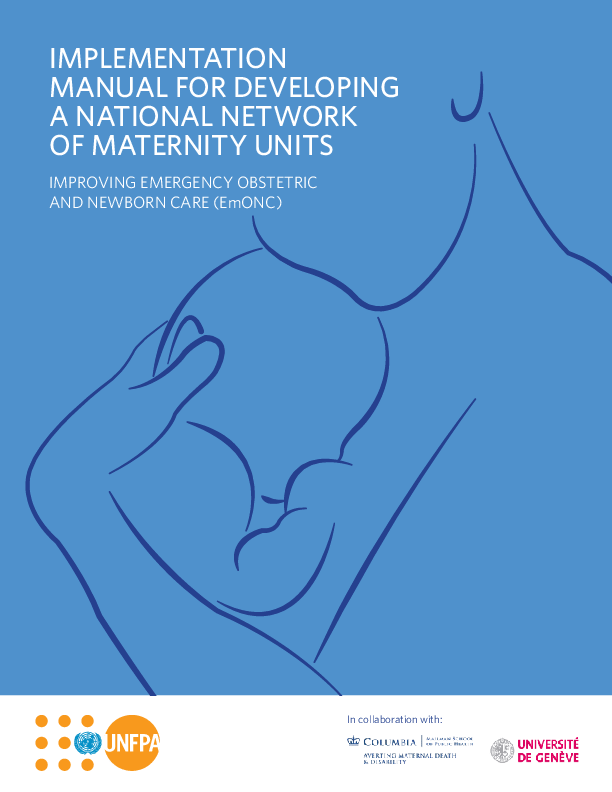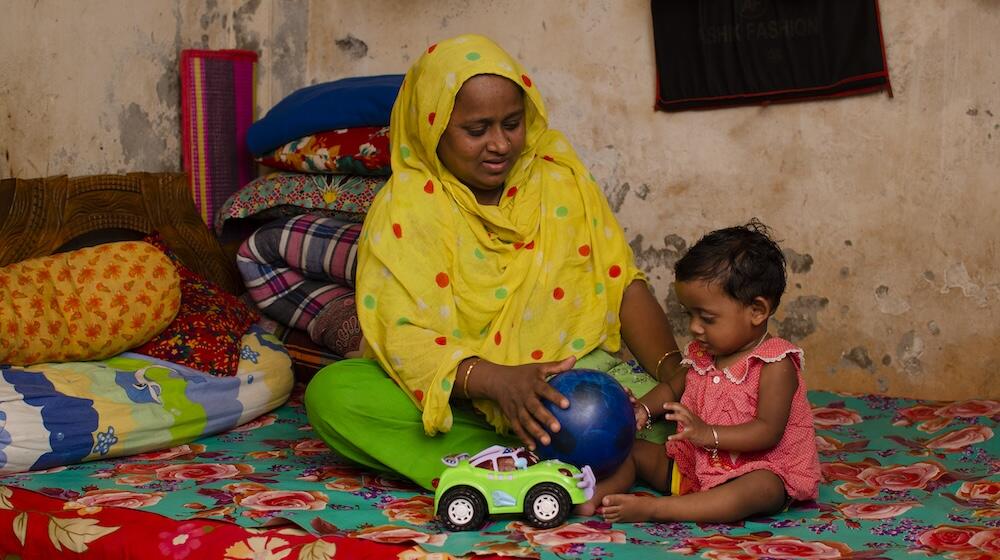Maternal mortality is decreasing globally, but not fast enough and with critical inequalities across the regions of the world. Dying while giving birth is not only an unacceptable human right violation but also a violence against women in times where the majority of the maternal deaths are preventable if appropriate healthcare is provided.
To achieve Sustainable Development Goals (SDG) 3.1 and 3.2i, every pregnant woman should have the possibility to deliver in a referral health facility that provides safe EmONC. Since the first International Safe Motherhood Conference, held in Nairobi in 1987, there has been much reflection on the provision of obstetric and newborn care and in 2009 the World Health Organization (WHO), the United Nations Children’s Fund (UNICEF), the United Nations Population Fund (UNFPA) and Columbia University’s Averting Maternal Death and Disability (AMDD) Program developed the “Monitoring emergency obstetric care” handbook that describes the concepts of basic and comprehensive EmONC health facilities and the indicators that countries can use to plan and manage access to EmONC services.
While the EmONC framework described in this handbook has been used in many countries over the last decade, few countries have been able to set-up a national network of health facilities providing EmONC services with quality of care 24h/7d.
Based on field experiences and on a close collaborative work with UNFPA’s country offices and regional offices, the Maternal and Newborn Health Thematic Fund (MHTF) team of UNFPA’s Technical Division has developed an approach for countries to identify their national network of referral (EmONC) health facilities, implement interventions to upgrade them in maternity units with quality obstetric and newborn care, and monitor the development of the network to ensure the provision of quality MNH care.
The proposed approach uses the Geographic Information System (GIS) technology to map the EmONC health facilities and maximize the proportion of the population accessing the closest EmONC health facility within 1 or 2 hours of travel time. This technology became one of the cornerstones of UNFPA’s approach to EmONC, which is already implemented in 11 countries and in more countries from 2020.
This manual also revisits the concept of EmONC health facilities and EmONC indicators proposed in 2009. It analyses the role of the EmONC health facilities in the health system and more precisely describes the role, the infrastructure, and the resources of a basic EmONC health facility (B EmONC) and the way to articulate it with the Comprehensive EmONC health facility (C EmONC) and the other maternities (non EmONC health facilities). It also highlights the critical role of the midwives in the EmONC facilities.
The implementation of the interventions that are needed to address gaps in availability and quality of care and to ensure that each health facility of the network provides EmONC 24h/7d with respect and quality of care is very challenging, especially when interventions have to be cost-efficient and sustainable. Hence, UNFPA introduced the concepts of implementation science in maternal health programs to ensure that the bottom-up approach we recommend can be efficient and sustainable.
This manual should be implemented in conjunction with the Monitoring Emergency Obstetric Care handbook developed by AMDD, UNFPA, UNICEF, and WHO in 2009. It is, first and foremost, intended for people who are responsible for developing and improving maternal and newborn care in their country, whether at a district, regional, provincial or national level. It is also aimed at managers of the Ministry of Health and technical advisers, particularly from United Nations Organizations, who are seeking clarification on the approach to effectively develop and implement a national network of referral maternity facilities. Lastly, it is intended – particularly the first part – for decision-makers who are aiming to develop a network of referral facilities able to provide quality care and to monitor and report on the care provided to women and newborns.
The manual has also inspired the maternal health policy of the UNFPA and some indicators of UNFPA’s Strategic Plan (2018-2021).





